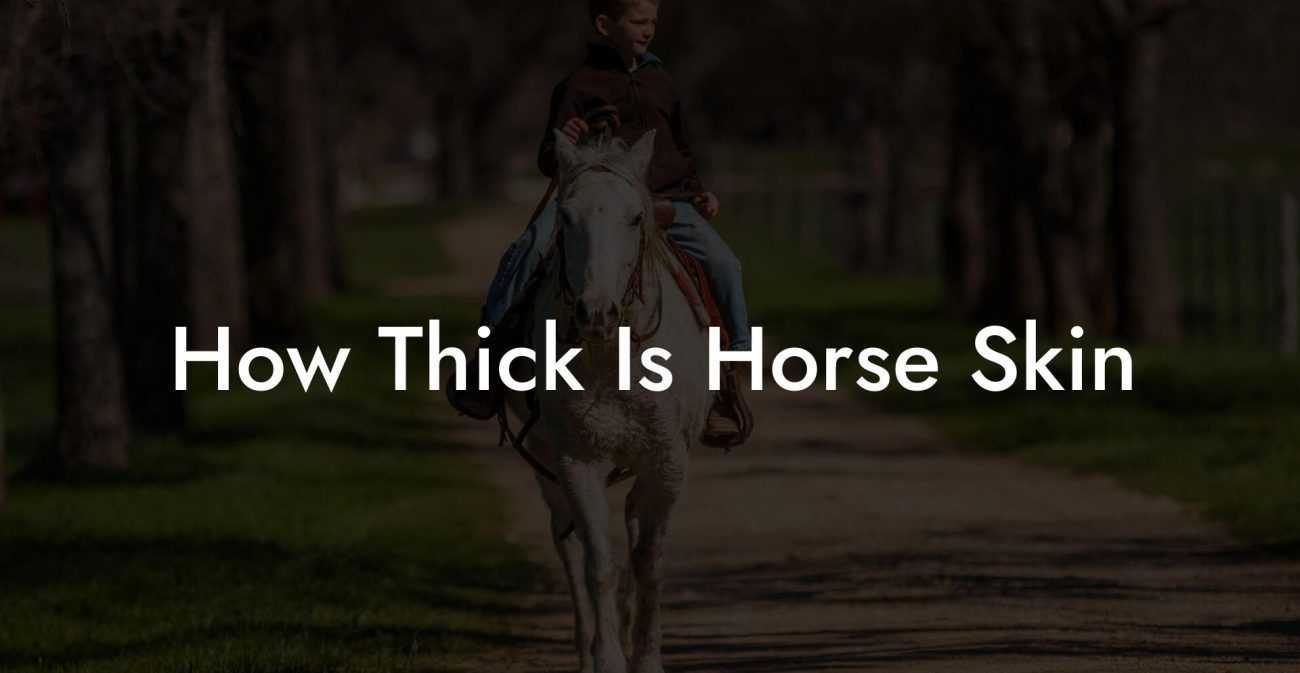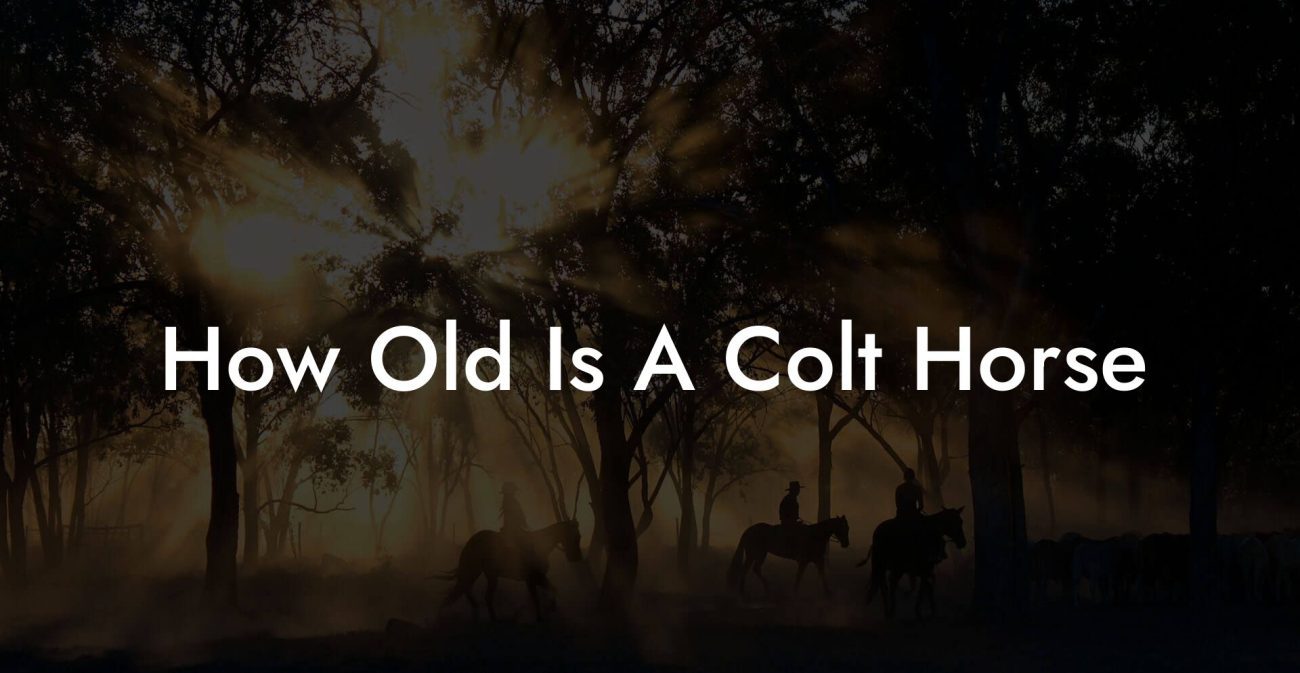Have you ever wondered what the most common horse color is? With so many beautiful shades and patterns, it's no wonder that horse enthusiasts are fascinated with the various colorations of these magnificent animals. In this article, we'll dive into the world of horse colors and reveal which hue takes the top spot. Let's begin our colorful journey!
What Is The Most Common Horse Color Table of Contents
The Different Horse Colors
Before revealing the most common horse color, let's take a look at the variety of existing horse shades. A horse's coat color is a combination of its base color (black, chestnut, or bay) and various modifying genes that may result in different patterns. Here are some notable horse colors:
Base Colors
- Black: A deep, dark color with black skin and hair
- Chestnut: A reddish-brown shade ranging from light to dark
- Bay: A horse with a reddish-brown body and black points (mane, tail, and limbs)
Dilution Variations
- Palomino: A golden yellow coat with a white or cream-colored mane and tail
- Buckskin: A yellowish-brown coat with black points, similar to a bay but with dilution
- Perlino: A pale cream-colored coat with blue eyes and pinkish skin; a double-diluted bay
Other Color Variations
- Gray: A mix of white and colored hairs that gradually lightens with age
- Appaloosa: A unique pattern characterized by spots or mottled colors
- Pinto: A combination of white and another color, often occurring in patches
And the Most Common Horse Color Is...
According to various sources, the title of the most common horse color goes to the bay horse. This versatile color can be seen in many breeds and is especially popular in thoroughbreds. The bay horse's reddish-brown body and black points make it a visually striking and appealing choice for horse owners.
Why Is Bay the Most Common Color?
Genetics
One of the reasons why bay horses are so common is due to their dominant genetics. The "Agouti gene" is responsible for restricting the black pigment to the points of the body, resulting in the bay coloration. Both chestnut and black horses can carry the Agouti gene, increasing the likelihood of producing bay offspring.
Practicality
Historically, bay horses were often preferred by soldiers and farmers due to their practicality. The dark points on a bay horse's limbs provide natural camouflage, which was useful during wartime. Additionally, their dark legs with little white markings made them less susceptible to mud fever or infections in wet conditions.
Breeding
Selective breeding has also played a role in the prevalence of bay horses. Humans have long admired the deep, rich tones of bay coats, and breeders would select bay horses for mating. This practice, combined with their genetically dominant status, has contributed to the high frequency of bay horses today.
What Is The Most Common Horse Color Example:
One well-known example of a bay horse is the famous American Thoroughbred, Secretariat. This legendary racehorse, also known as "Big Red," possessed the quintessential bay-colored coat with its vibrant reddish-brown hue and black points. Secretariat's striking appearance and extraordinary racing achievements solidify the bay horse's place in equine history.
Now you know - the most common horse color is the stunning and diverse bay! With its rich history and timeless appeal, it's no wonder that the bay continues to be a favorite among horse lovers worldwide. Don't forget to share this fascinating fact with fellow equine enthusiasts, and keep exploring our other articles on How to Own a Horse for more insightful information on all things horse-related!













